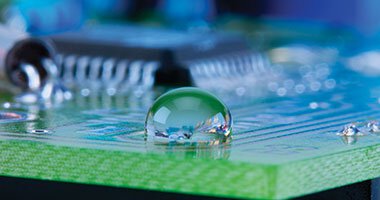Batch Size Considerations for Parylene Production
Posted by Sean Horn on Fri, Apr 14, 2017
The parylenes consist of a range of para-xylylene polymers whose desirable physical and electrical properties support expansive utilization as conformal coatings for electronic and medical devices Parylene films are applied to substrates via a chemical vapor deposition (CVD) process, which deposits monomeric parylene vapor homogeneously and deeply into the surface of printed circuit boards (PCBs




0 Comment Click here to read/write comments